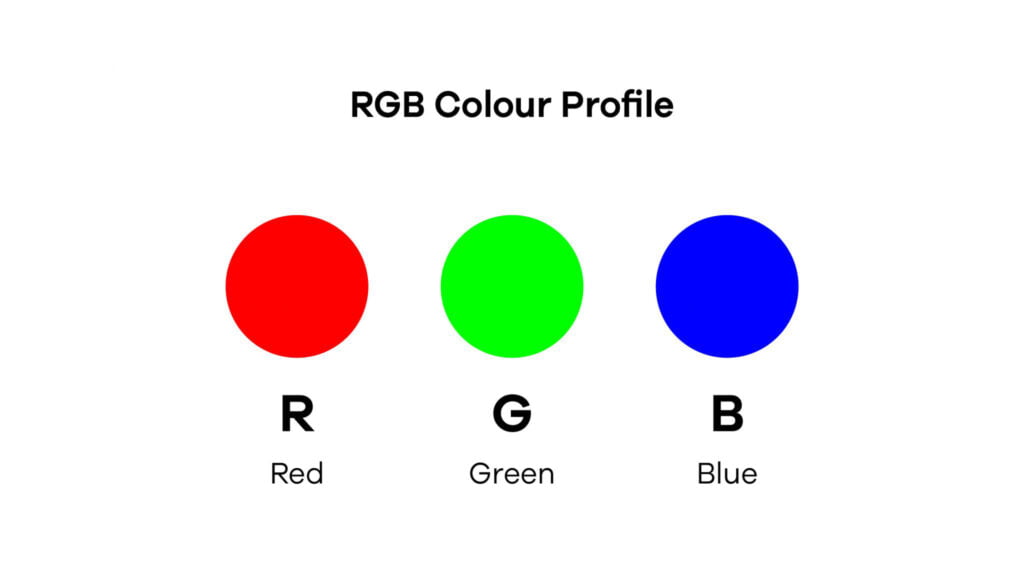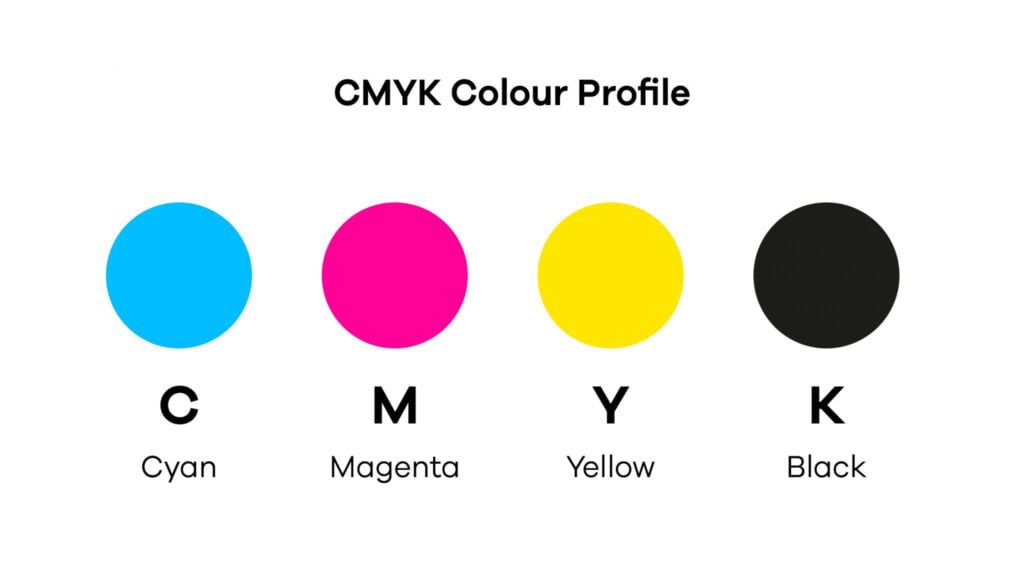The key differences lie in their applications, primary colors, and methods of color creation. Additive color mixing is used for digital displays. It involves adding colored light, while subtractive color mixing is used in physical media like printing and painting and involves subtracting wavelengths of light using pigments or dyes. The CMYK color system is a specific application of subtractive color mixing used exclusively in color printing and includes the addition of black (K) for better control and quality.

The Additive, Subtractive, and CMYK Color System are three different models used to understand and work with color in various contexts, such as in digital displays, printing, and color mixing. Here’s an overview of each:
Additive Color System:
– The additive color system is primarily used in the context of digital displays, such as computer monitors, television screens, and electronic devices.
– In this system, colors are created by adding different colors of light together. The primary additive colors are red, green, and blue (RGB).

– When red, green, and blue light are combined at full intensity, they create white light. Mixing various powers of these primary colors produces many other colors.
– Additive color mixing is used because the combined red, green, and blue light emissions stimulate our eyes to perceive a broad spectrum of colors.
– Application: Additive color mixing is used in digital displays, such as computer monitors, television screens, and electronic devices.
– Primary Colors: Red, Green, and Blue (RGB) are the primary colors.
– Color Creation: Colors are created by adding different colors of light together. Mixing fully saturated red, green, and blue light produces white light. Varying the intensity of these primary colors creates a broad spectrum of colors.
– Result of Full Intensity: When all three primary colors are at full intensity, they produce white light.
– Example Devices: Computer monitors, TV screens, LED displays.

Subtractive Color System
– The subtractive color system is mainly used in physical media like printing, painting, and color mixing with pigments or dyes.
– In this system, colors are created by subtracting (absorbing) specific wavelengths of light from white light. The primary subtractive colors are cyan, magenta, and yellow (CMY).
– When cyan, magenta, and yellow pigments are combined at full intensity, they theoretically absorb all light colors, resulting in black. However, in practice, a fourth color, black (K), is often added to improve color accuracy and save on ink, creating the CMYK color model.
– Application: Subtractive color mixing in physical media, such as painting, printing, and color mixing with pigments or dyes.
– Primary Colors: Cyan, Magenta, and Yellow (CMY) are the primary subtractive colors. A fourth color, Key (Black, represented as “K” in CMYK), is often added in practical printing.
– Color Creation: Colors are created by subtracting (absorbing) specific wavelengths of light from white light. Mixing cyan, magenta, and yellow pigments theoretically results in black, but black ink (K) is added for better control and quality.
– Result of Full Intensity: When all three primary subtractive colors are mixed at full intensity, they theoretically absorb all colors of light, resulting in black. In practice, black is added to improve color accuracy and save on ink.
– Example Uses: Color printing (CMYK), painting, physical color mixing with pigments or dyes.
CMYK Color System:
– The CMYK color system is a variation of the subtractive color system and is primarily used in color printing, including offset and digital printing processes.

– CMYK stands for Cyan, Magenta, Yellow, and Key (Black). The “K” represents black because using pure CMY inks to create black can result in a muddy or brownish color, so black is added for better color control and quality.
– When printing in CMYK, colors are achieved by overlapping and combining cyan, magenta, yellow, and black ink dots on a white paper substrate.
– This system is widely used in the printing industry because it accurately represents the colors that can be reproduced in print and provides control over color accuracy.
– Application: The CMYK color system is a specific application of the subtractive color system used exclusively in color printing, including offset and digital printing processes.
– Primary Colors: Cyan, Magenta, Yellow, and Key (Black, represented as “K”) are the primary colors.
– Color Creation: In CMYK printing, colors are created by overlapping and combining cyan, magenta, yellow, and black ink dots on white paper. This process aims to simulate a wide range of colors by subtracting specific wavelengths of light.
– Result of Full Intensity: When all four primary colors are applied at full intensity, they produce a deep, rich black.
– Example Uses: Color printing, including brochures, magazines, posters, and packaging materials.
The additive color system deals with light and is used in digital displays. In contrast, the subtractive color system deals with pigments or dyes and is used in printing and physical color mixing. The CMYK color system is a specific application of the subtractive system used in color printing, adding a black component for better control and quality. Understanding these color systems is essential for accurately working with and reproducing colors in different mediums.






